The Complete Guide of Seto Ware and 6 Popular Potters
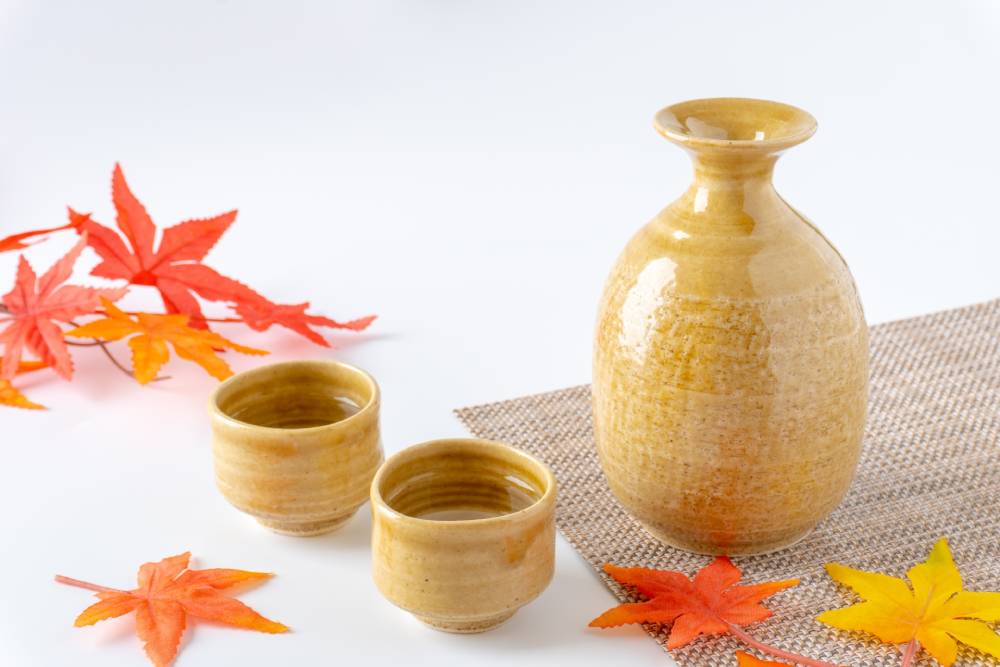
Seto Ware has a long history and “Seto mono” became a synonym for ceramics. Seto ware is highly regarded both in Japan and internationally for its high quality. Let’s quickly learn about Seto ware. I will also introduce 6 of the popular potters and artists to help you find your favorite!
What is Seto Ware?
この投稿をInstagramで見る
Seto ware (瀬戸焼) is ceramics produced mainly in Seto City, Aichi Prefecture. Seto is one of Japan’s leading ceramic production centers, with a history of over 1,000 years.
A wide variety of ceramics was produced, and “Seto mono” has become a synonym for ceramics. It is one of the few places in Japan where both earthenware and porcelain are created. (In Japan, a distinction is made between earthenware and porcelain.)
The Characteristics of Seto Ware
この投稿をInstagramで見る
The high quality and abundant pottery clay, which is said to be one of the best in the world, produces beautifully glazed and painted ceramics.
In earthenware, the glazed decoration is a distinctive feature. Porcelain is characterized by its beautiful blue color painted with a pigment called “gosu”.
Materials for Seto ware
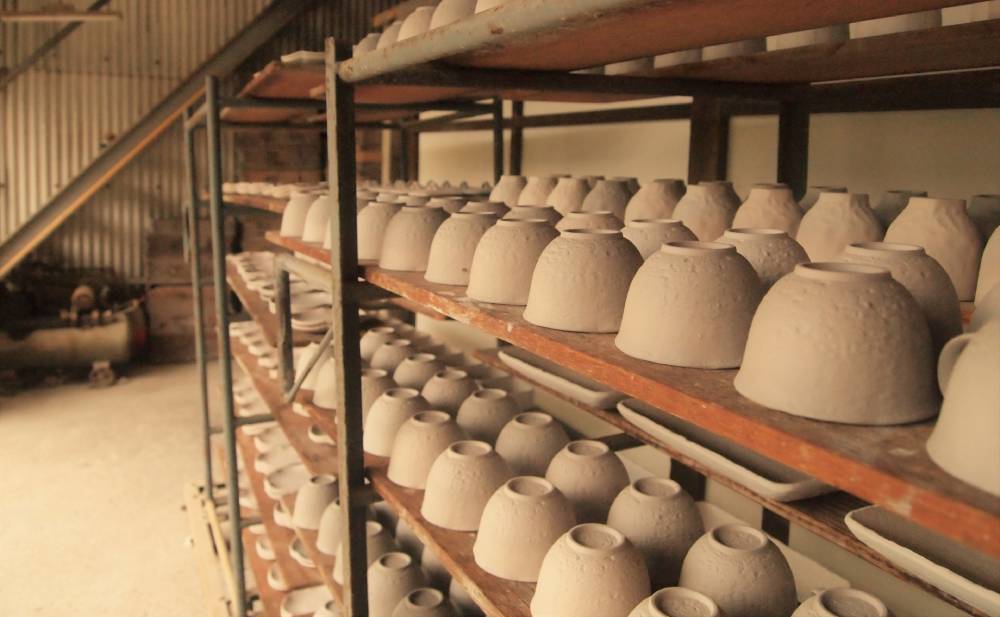
Raw clay: Mined from the Seto ceramic clay layer, which was weathered and deposited over 1000 years ago. The clay is highly refractory with few impurities, rich in plasticity, and abundant in silica sand, which is a raw material for glass.
History
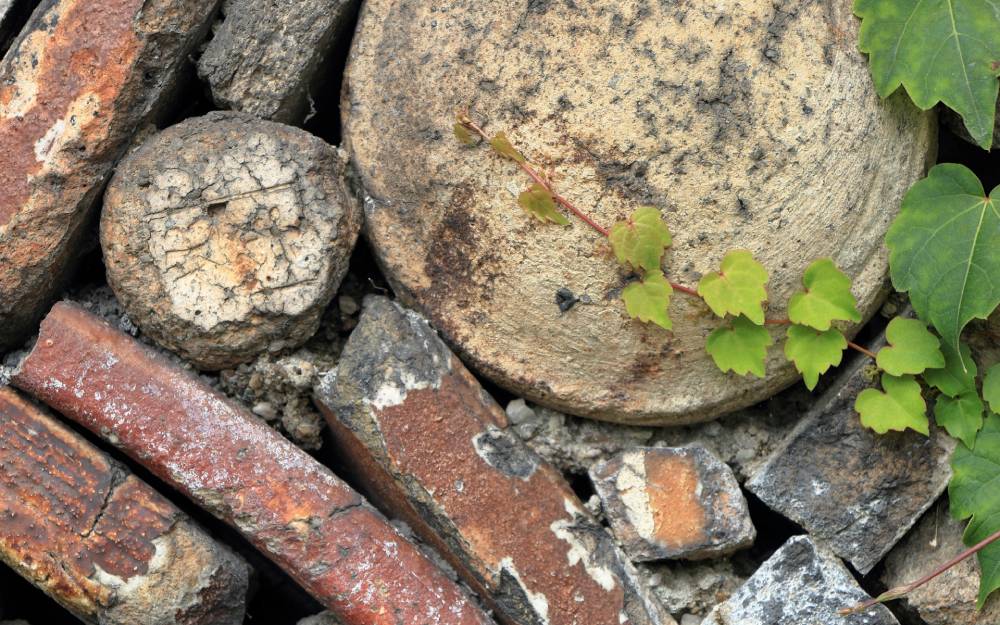
The wall made of scrap Seto ware
The origin of Seto ware is the “Sanageyo (猿投窯)”, an Ancient large ceramic area. It started in the late 5th century around the Higashiyama Kyoryu area in Nagoya City. The area had geological formations from which high-quality raw materials for pottery and glass could be extracted.
It began with the production of Sue ware, a hard, blue-gray earthenware introduced from Korea. From the Kofun period (250-538) to the Kamakura period (1185-1333), the area developed into one of the largest ceramic production centers in Japan.
In the 9th century, they completed Japan’s first artificially glazed ash-glazed pottery, and from the late 10th century, Seto City also began producing ash-glazed pottery.
In the 11th century, ash-glazed pottery was replaced by unglazed bowls, plates, and bowls.
In the late 12th century, Seto began to produce a new type of glazed pottery called “Koseto (古瀬戸)”. Seto became the only domestic producer of glazed ceramics, which were distributed throughout Japan.
From the late 16th to the early 17th century, the production of Seto ware declined temporarily. The center of ceramic production shifted from Seto to Mino. According to the Seto Ware Promotion Association, this is said to be part of Oda Nobunaga’s (Japanese feudal lord of the Sengoku period) economic policy.
In 1610, Yoshinao Tokugawa, the feudal lord of the area, called back the displaced potters from Mino, and Seto was once again revitalized. They began to make earthenware under the protection of the feudal clan.
In the late Edo period (1603-1868), porcelain production began in Seto, but it was inferior to that of Arita. However, Tamikichi Kato brought back the advanced porcelain production technology he had learned in Hizen (Current Nagasaki and Saga Prefectures), and Seto’s porcelain technology developed rapidly. Then, porcelain began to outpace earthware production. In an effort to survive, the earthware potters created their own unique products, including “Ishizara (石皿)” and “Umanomezara (馬の目皿)” that continues to this day.
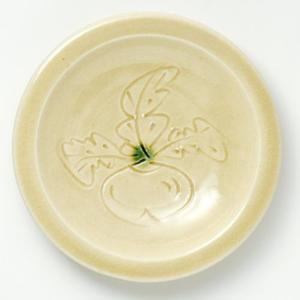
Ishizara source: Mingei Okumura
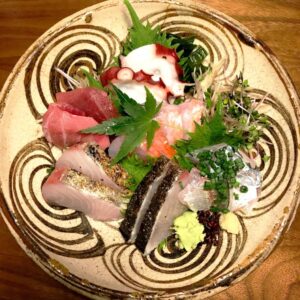
Umaomezara
Ishizara – a thick, sturdy glazed ceramic dish
Umanomezara – the swirl pattern is boldly painted along the rim
In the Meiji Era (1868-1912), the development of ceramics for export flourished. Seto actively participated in World Expositions, including the Vienna Expo in 1873, the Philadelphia Expo in 1876, and the Paris Expo in 1878, and it was highly acclaimed.
In addition, organizations and pottery schools were established and infrastructure developed. While mechanization and mass production progressed, the ceramic art field was also established to enhance the artistry of pottery. Seto became known as the “Pottery Capital of Japan”.
In the latter half of the 20th century, Seto faced a period of hardship due to the Great Depression and the war’s prioritization of military supplies. After the war, demand for daily necessities increased due to the shortage of goods, and the Seto ware industry rapidly recovered.
When exports resumed in 1945, Western tableware was actively produced. Thus, the Seto ceramic industry reached its peak in the 1970s.
Currently, Seto-yaki faces problems such as a decline in export volume due to the rise of East Asia and other ceramic production centers, and a lack of successors. However, new Seto ware is being produced using fine ceramics that make full use of cutting-edge science and technology.
Important People
Kato Shirozaemon Kagemasa 加藤四郎左衛門景正 (1168-1249)

Ishizara source: Seto City
Also known as Toushiro (藤四郎). The founder of the earthware industry. He traveled to China to learn the earthware method, and after returning to Japan, he established an earthware business in Seto.
Kato Tamikichi 加藤民吉 (1772-1824)
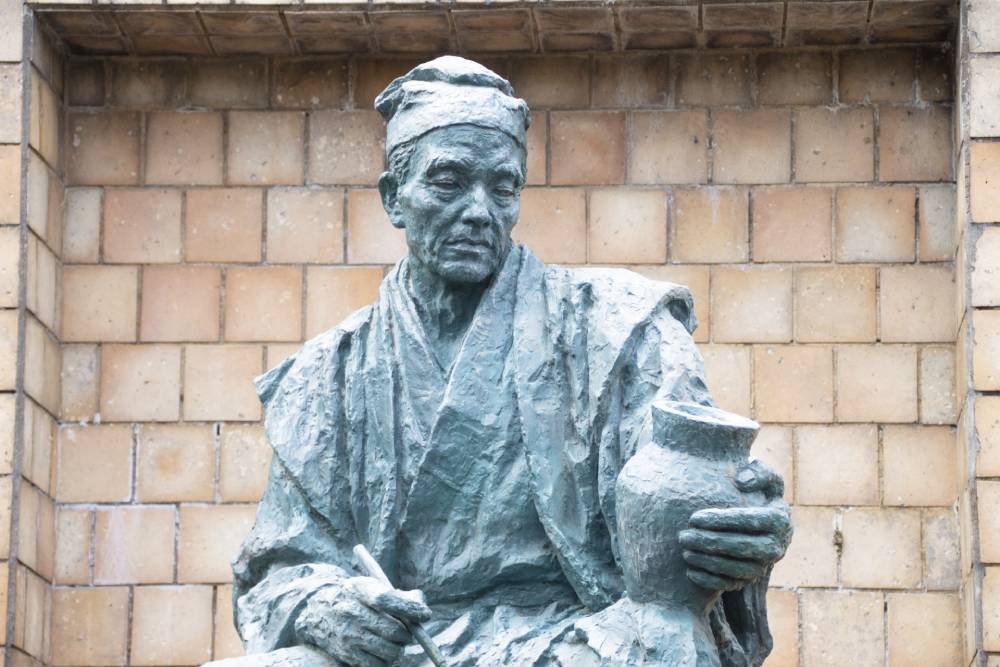
The founder of porcelain. He brought back to Seto the porcelain-making techniques he had learned in Kyushu, and contributed the improvement and development of porcelain.
Popular Potters and Artists
Seto Hongyogama 瀬戸本業窯
この投稿をInstagramで見る
Seto is the only one of the “six oldest kilns in Japan (Six representative kilns (Echizen, Seto, Tokoname, Shigaraki, Tanba, and Bizen) that have continued production from the Middle Ages to the present)” where glazed earthware was developed.
While porcelain production became mainstream in the 19th century, Seto Hongyogama has passed down the handcraft of earthware from generation to generation. They use the locally produced clay and glaze, which are rarely seen in Seto today. While respecting tradition, they also incorporate new tastes.
Information
Official website
http://www.seto-hongyo.jp/
Instagram
https://www.instagram.com/setohongyo_hanjiro8th/?hl=ja
Suiyou 翠窯
この投稿をInstagramで見る
A ceramic artist and painter couple opened Suiyou in Seto City, in 2013. Although it is a new kiln, they are making ceramics with the idea of bringing the good old to the modern table.
Information
Official website
https://www.suiyou-seto.com/
Official online store
https://www.suiyo-works.com/
It will open only once every two months for a few days.
Instagram
https://www.instagram.com/suiyou_2013/?hl=ja
Facebook
https://www.facebook.com/suiyou2013
Miho Yanagimoto 柳本美帆
この投稿をInstagramで見る
She went to France to study art and now lives and works in Seto City. She is so particular about the work that he blends clay and glazes himself using a mortar and pestle instead of using a machine.
Information
Official online store
https://bellevoile.official.ec/
Hiroshi Taruta 樽田裕史
この投稿をInstagramで見る
A young artist representing Seto. Its features are its beautiful form and the presence of grooves that allow light to penetrate.
Information
Official Website
https://tarutahiroshi.wixsite.com/tarutahiroshi
Instagram
https://www.instagram.com/tarutahiroshi/
MM Yoshihashi
この投稿をInstagramで見る
They manufacture molds for producing ceramics. They plan, manufacture, wholesale, and sell ceramic products, including the development of their own brands “彫付” and “AND C”, utilizing our mold-making techniques and local manufacturing system.
Information
Offiaial website
http://mmyoshihashi.com/
Official online store
https://store-andc.com/
Facebook
https://www.facebook.com/mmyoshihashi/
Twitter
https://twitter.com/mmyoshihashi
Sanpoengama 三峰園窯
この投稿をInstagramで見る
Founded in the Meiji Era (1868-1912). They use Seto’s superior clay to produce high-quality, hard-to-chip, and durable vessels. They also use a time-consuming but safe traditional technique that does not use chemicals.
Kiln and Store
123, Kamamoto Town, Seto-shi, Aichi
Hours: 9:00 am – 5:30 pm (Saturdays & Sundays: 10:00 am – 5:30 pm)
Information
Official website
https://www.sanpouen-kama.com/
Instagram
https://www.instagram.com/ta2kato/
Facebook
https://www.facebook.com/Tatsunobu.Kato
Twitter
https://twitter.com/KatoSanpouen
Seto Ware Shipping Overseas
Amazon.co.jp offers a lot of Seto ware. They also ship outside of Japan, and you can shop in English.
 Comment
Comment

 Home
Home 05/30/2022
05/30/2022